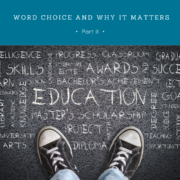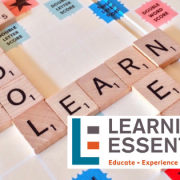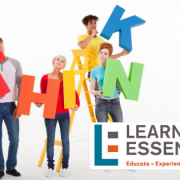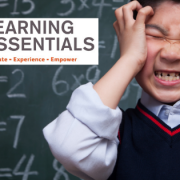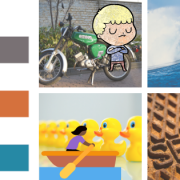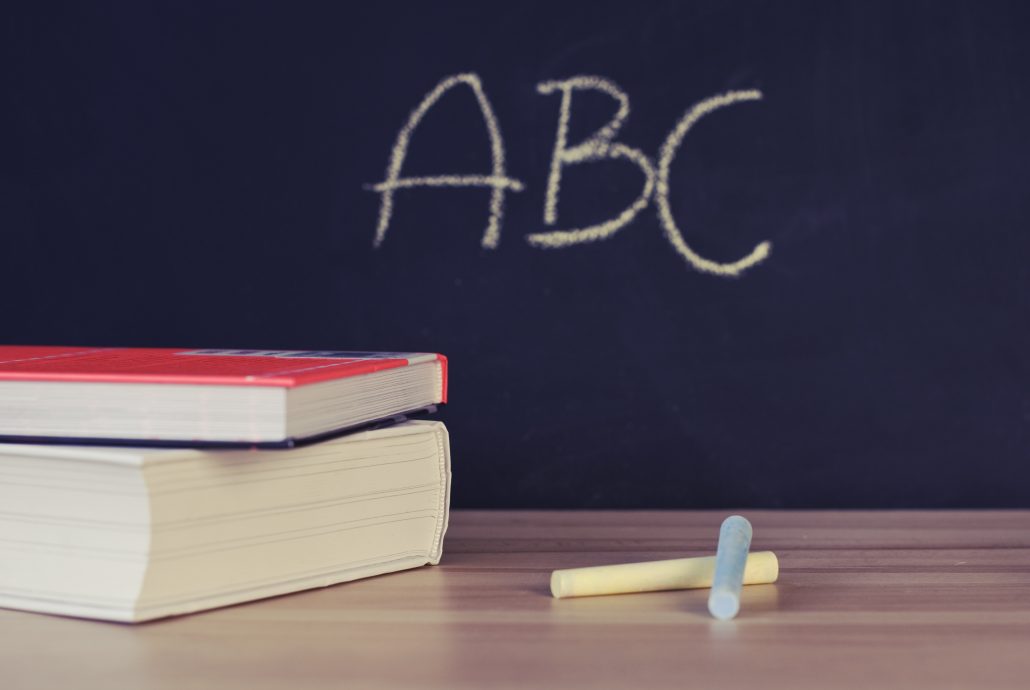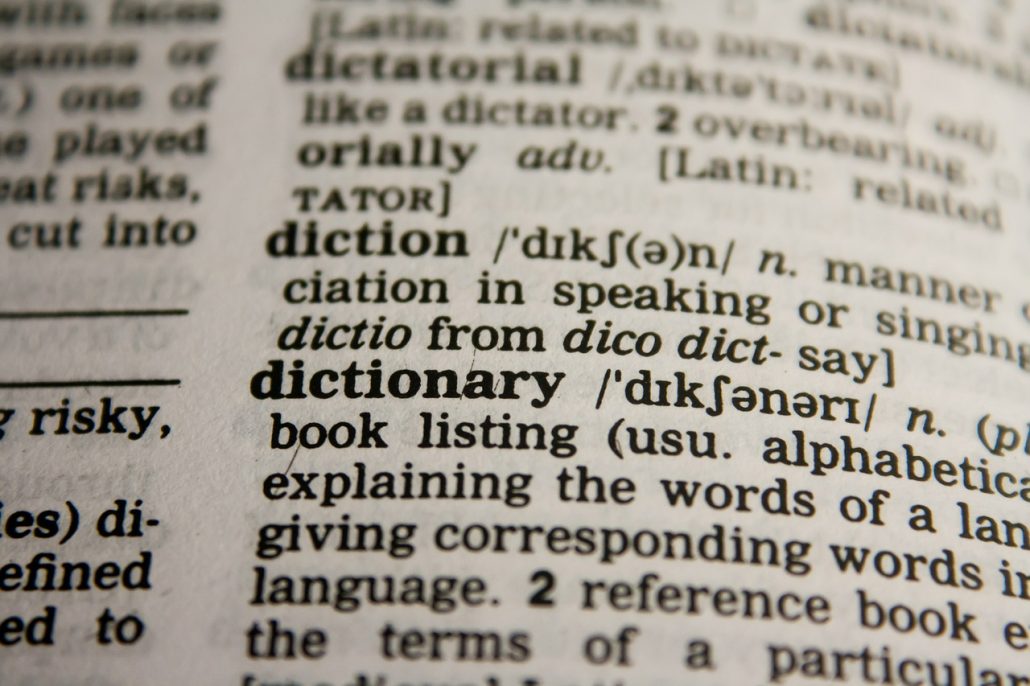Word Choice and Why it Matters, Part II
As mentioned in part one, word choice plays a crucial role in a student’s ability to express himself clearly and specifically. It goes without saying that more is more when it comes to vocabulary. Aside from bringing back the word wall, teachers and parents can add subtle practices to everyday routines to help children and teens to develop their vocabulary skills and advance their word choice skills.
How was your day?
I have very vivid recollections of my parents asking me this routine question when they got home from work every day. My response was always equally bland: “good.” Instead of reciting this practically robotic exchange, parents can help children build their vocabulary by raising their expectations—meaning that we should no longer accept “good” as good enough.
Prompt your child to be more specific in her response by asking follow up questions. Discuss how “good” can mean any number of things—what, specifically, was good about the day? Did you read something inspiring? Did you have a pleasurable time during recess? Was your lunch scrumptious, or simply palatable? Was there anything particularly intriguing about your science lab? Each of these terms adds a level of specificity to your child’s claim, but you will likely need to provide examples of how to use these words in advance. Increasing the frequency in which you use these elevated vocabulary terms will greatly benefit your child’s understanding simply by exposure.
Similarly, if you find that your child’s day was “not good,” consider the following questions:
- What aggravated you about school today?
- Were you perturbed at anything in particular?
- How can I help elevate your mood?
- Ideally, what would you have changed about your day?
Again, be sure to provide context when using these terms so that your child begins to understand how they are being used and in which scenarios they are most applicable. The more you can relate the new words to familiar words, the easier it will be for the new vocabulary to move into your child’s lexicon.
Prefix/Suffix study
Studying Latin roots is not exactly standard in the elementary classrooms; however, prefixes and suffixes, when taught in connection with everyday language, can help with students’ abilities to decipher unfamiliar terms more seamlessly. For example, begin with something familiar, like the word subway. A subway is a form of underground transportation—sub meaning under. If students know that consciousness involves one’s awareness, subconscious can be quickly understood to mean under or beneath one’s consciousness. If something is described as sub-par, par meaning the standard or average, students will be able to explain sub-par to mean below standard or below average. Similarly, subtext, quite literally and figuratively can mean below or beneath the text. Provide students with an example to help solidify their understanding. For example, “You DON’T need to study to get into that school.” The subtext, or unspoken message of that statement, is that that particular school is easy, low-risk, and not academically competitive. Again, for students to truly absorb the new vocabulary, they need repeated exposure, connections to existing or familiar terms, and clear context to ground their understanding.
